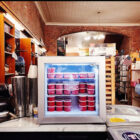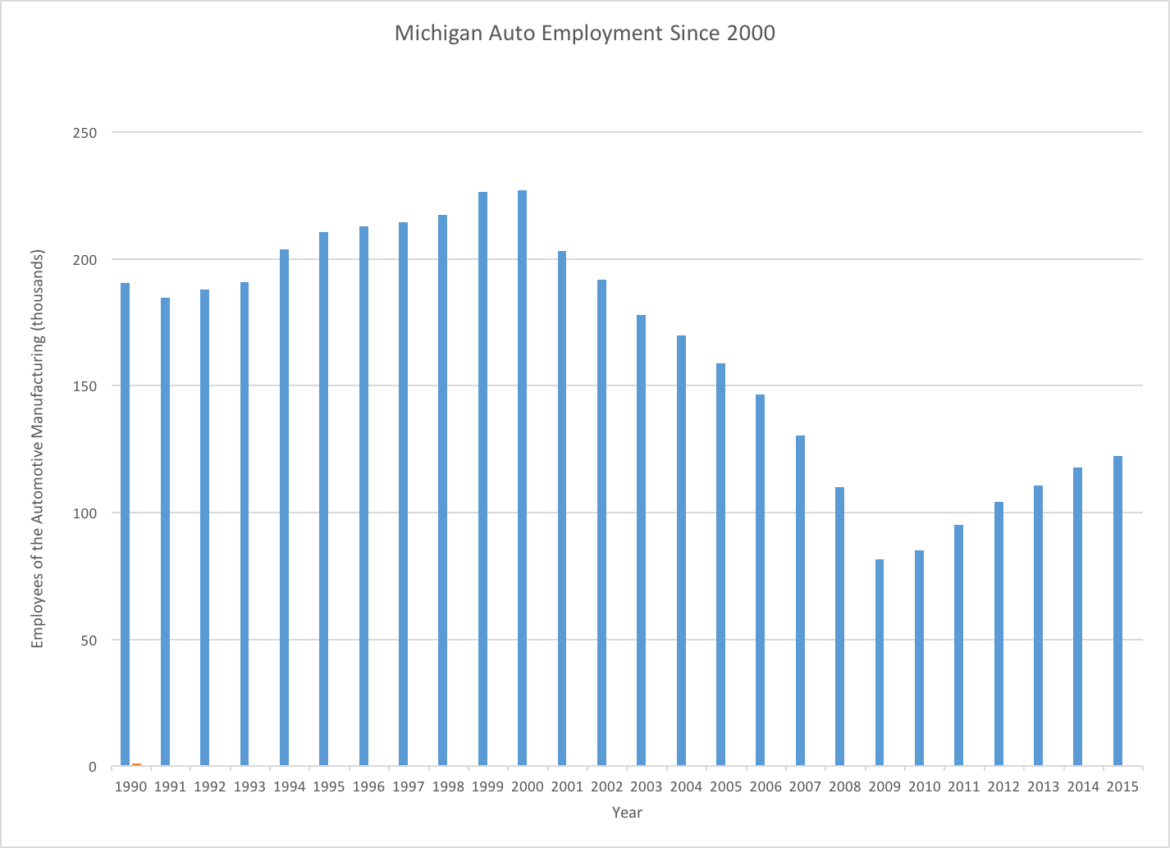Business & Economy
Detroit ice cream stores face obstacles amid pandemic, keep moving forward
|
Courtesy of Zahra Saad of The Custard HutHot Waffle Sandwiches sold by The Custard Hut of Dearborn Heights, Michigan
Zahra Saad was startled by the reactions when she announced the opening of her business, the Custard Hut. “When we opened on April 10, I received multiple death threats, multiple threats on my business and actually had people calling the cops to try to shut me down, but we were allowed to be open,” said Saad. For many people, ice cream is the go-to staple of the summer. But during a global pandemic that limits face-to-face interaction and differing opinions by the public and business owners alike about when the appropriate time is to open a store, the sweet treat has undergone a lot of changes these past few months. Several Detroit ice cream stores were forced to close down because of the shelter in place order that was effective March 24.



